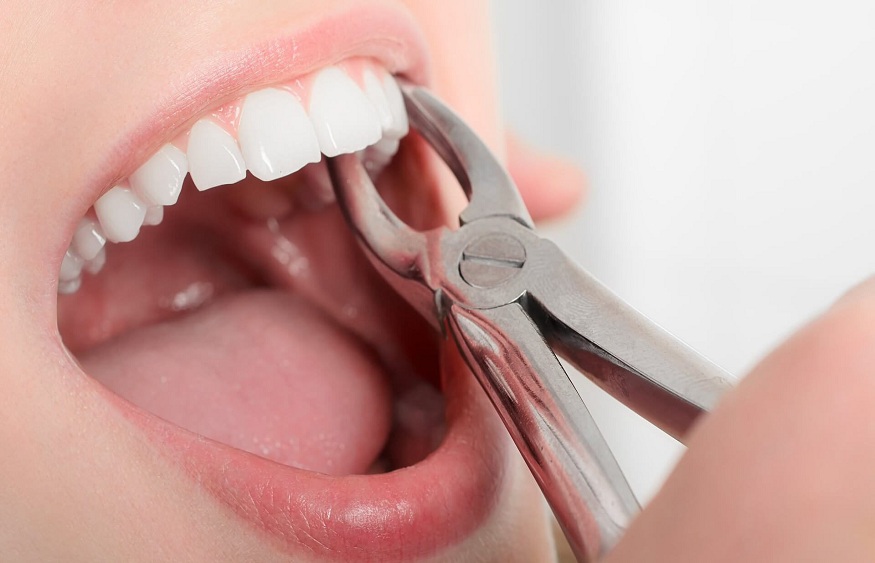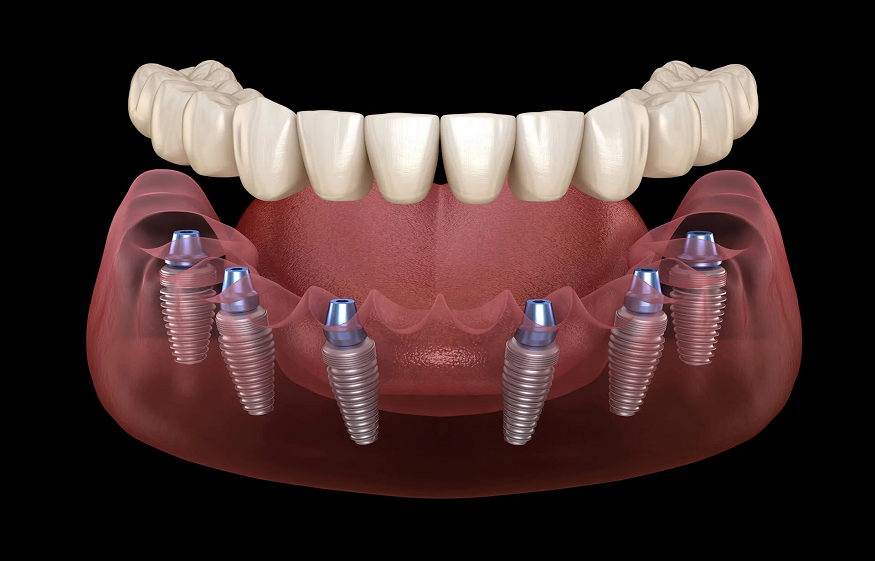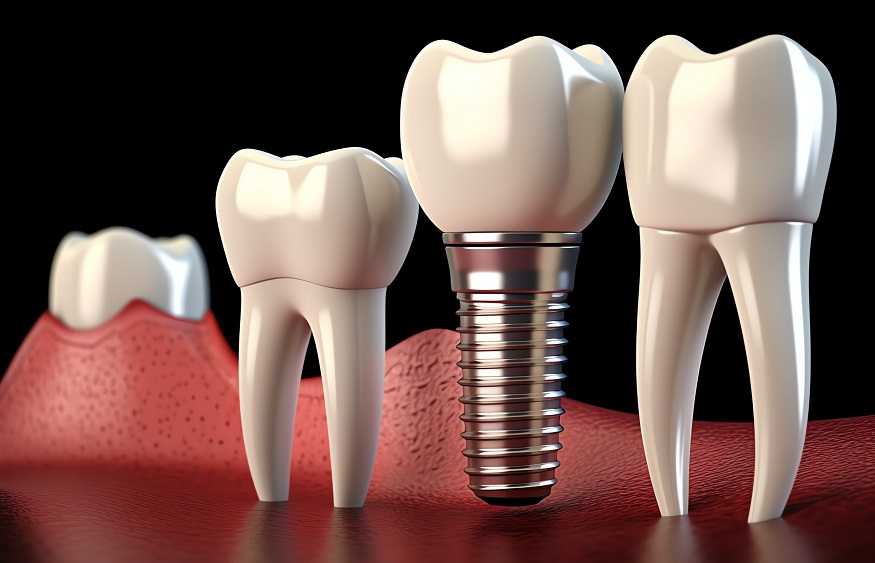Tooth extraction is one of the most popular dental services but not anyone’s favorite topic. Whether due to damage, disease, or alignment issues, removing a tooth can relieve pain, protect surrounding teeth, and prepare your mouth for better functionality.
Below, we’ll explore the top six reasons for tooth extraction, the symptoms to look out for, and what to expect during the procedure and recovery.
1. Severe Tooth Decay
One of the most common reasons for tooth extraction is extensive decay. Cavities, when left untreated, can penetrate deep into the tooth and reach the pulp, the inner layer housing nerves and blood vessels. This can result in an infection or abscess, causing sharp pain, swelling, and sensitivity.
If the infection cannot be treated with a root canal or filling, the tooth may need to be removed to prevent further damage to surrounding teeth and bone. Extracting a severely decayed tooth can also help eliminate chronic pain and improve overall oral hygiene.
Symptoms:
- Persistent toothache
- Swelling or pus around the tooth
- Dark discoloration of the tooth
2. Gum Disease
Periodontal disease, or gum disease, is an infection of the gums that can spread to the bone and tissue supporting your teeth. When gum disease becomes severe, it may weaken the foundation holding the affected tooth in place, causing it to loosen. While dentists aim to treat gum disease conservatively, there are cases where tooth extraction becomes necessary to protect the health of the remaining teeth and gums.
Symptoms:
- Red, swollen, or bleeding gums
- Receding gums that expose more of the tooth
- Loose or wobbly teeth
Removing a tooth affected by advanced gum disease can help stop the infection from spreading, preserving the health of your mouth.
3. Overcrowding
Sometimes, extraction is needed to make space in the mouth. Overcrowding occurs when there isn’t enough room for all your teeth to fit comfortably in the jaw, which can lead to misalignment. Preparing for braces or other orthodontic treatments often requires extracting one or more teeth to align the remaining teeth properly.
Symptoms:
- Crooked or overlapping teeth
- Difficulty chewing or cleaning between teeth
Although it may seem counterintuitive to remove a healthy tooth, this step often allows orthodontic work to deliver long-term, positive results.
4. Impacted Teeth
Impacted teeth occur when a tooth fails to erupt fully through the gumline due to lack of space or the tooth growing at an awkward angle. This is especially common with wisdom teeth, the third molars that usually develop in late teens or early adulthood. Impacted teeth can cause pain, swelling, infections, and even damage to neighboring teeth if left untreated.
Symptoms:
- Pain at the back of the jaw
- Swollen or tender gums around the affected area
- Difficulty opening your mouth
Extracting impacted teeth, particularly wisdom teeth, helps prevent complications like infections or cysts in the jawbone.
5. Trauma or Damage
An accident or injury can sometimes damage a tooth beyond repair. Whether from a fall, sports injury, or direct impact, fractured or severely broken teeth may require removal if they cannot be saved with a crown or other restorative options.
Symptoms:
- Visible damage like a broken or cracked tooth
- Extreme sensitivity or pain after injury
Extracting a damaged tooth in these cases ensures the surrounding teeth and gums remain healthy while reducing discomfort. A replacement option, like a dental implant, can later restore the function and look of the missing tooth.
6. Preparation for Orthodontic Treatment
Beyond overcrowding, tooth extraction may be necessary to correct specific bite issues as part of orthodontic treatment. For example, removing a tooth may align your bite more effectively or allow braces to pull other teeth into better positions.
Dentists often recommend extractions during these treatments to ensure the final results are more aesthetically pleasing and functional. While this is less common, it’s an important step in achieving a balanced smile.
Conclusion
Tooth extraction may sound intimidating, but it’s often the best solution for maintaining oral health in challenging cases. Always consult with a qualified dental professional to evaluate your options and determine if extraction is the right course of action. Timely treatment preserves the integrity of your smile and prevents more complex issues down the road.





